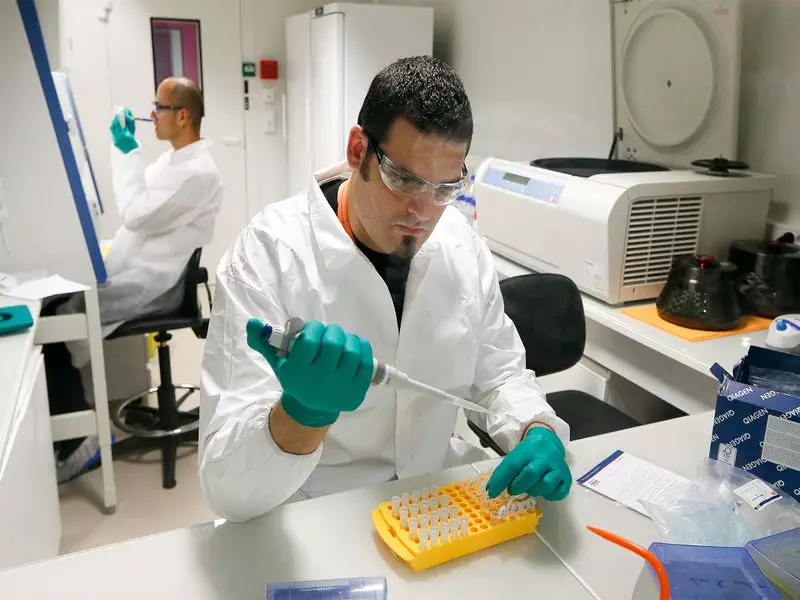
In a remarkable medical breakthrough that could transform spinal injury treatment, scientists have developed an innovative technique to convert body fat into bone-forming cells capable of healing spinal fractures. This groundbreaking research offers new hope for millions suffering from osteoporosis and spinal injuries worldwide.
Revolutionary Approach to Bone Regeneration
The research team has pioneered a method that transforms adipose-derived stem cells from body fat into bone-forming cells. These specialized cells are then used to create a biological scaffold that promotes natural bone regeneration in damaged spinal areas. This approach represents a significant departure from traditional bone graft procedures, which often involve painful harvesting from other body parts and carry risks of rejection.
The process begins with extracting stem cells from the patient's own body fat through a minimally invasive liposuction procedure. These cells are then chemically reprogrammed in laboratory conditions to become bone-forming cells. The transformed cells are combined with a special biomaterial scaffold that provides structural support as new bone tissue grows and integrates with the existing spinal structure.
Addressing the Global Osteoporosis Crisis
This development comes at a critical time when osteoporosis has become a major global health concern. Osteoporosis affects approximately 200 million women worldwide and causes nearly 9 million fractures annually. Spinal fractures, known as vertebral compression fractures, are among the most common and debilitating consequences of this condition, often leading to chronic pain, reduced mobility, and decreased quality of life.
Current treatment options for spinal fractures include vertebroplasty and kyphoplasty, which involve injecting bone cement into the fractured vertebra. While these procedures can provide pain relief, they don't promote natural bone healing and may cause complications in adjacent vertebrae. The new cell-based therapy addresses these limitations by encouraging the body's natural healing processes.
Clinical Implications and Future Applications
The research demonstrates several significant advantages over existing treatments. Since the therapy uses the patient's own cells, it eliminates the risk of immune rejection and disease transmission. The use of readily available body fat as a cell source makes the procedure more accessible and less invasive than traditional bone grafting methods.
Early experimental results show promising outcomes with successful bone formation and integration in preclinical models. The regenerated bone tissue demonstrates mechanical properties comparable to natural bone, providing adequate structural support for spinal vertebrae. Researchers are particularly optimistic about the therapy's potential for elderly patients with osteoporosis, who often have limited natural healing capacity.
Beyond spinal fractures, this technology could potentially revolutionize treatment for various bone-related conditions, including traumatic bone injuries, bone defects from tumor removal, and degenerative bone diseases. The research team is now preparing for clinical trials to establish safety and efficacy in human patients.
This innovative approach represents a significant step forward in regenerative medicine, offering a personalized treatment solution that harnesses the body's own healing mechanisms. As research progresses, this fat-to-bone conversion technique could become a standard treatment for spinal fractures, potentially benefiting millions of patients worldwide who suffer from osteoporosis and spinal injuries.





